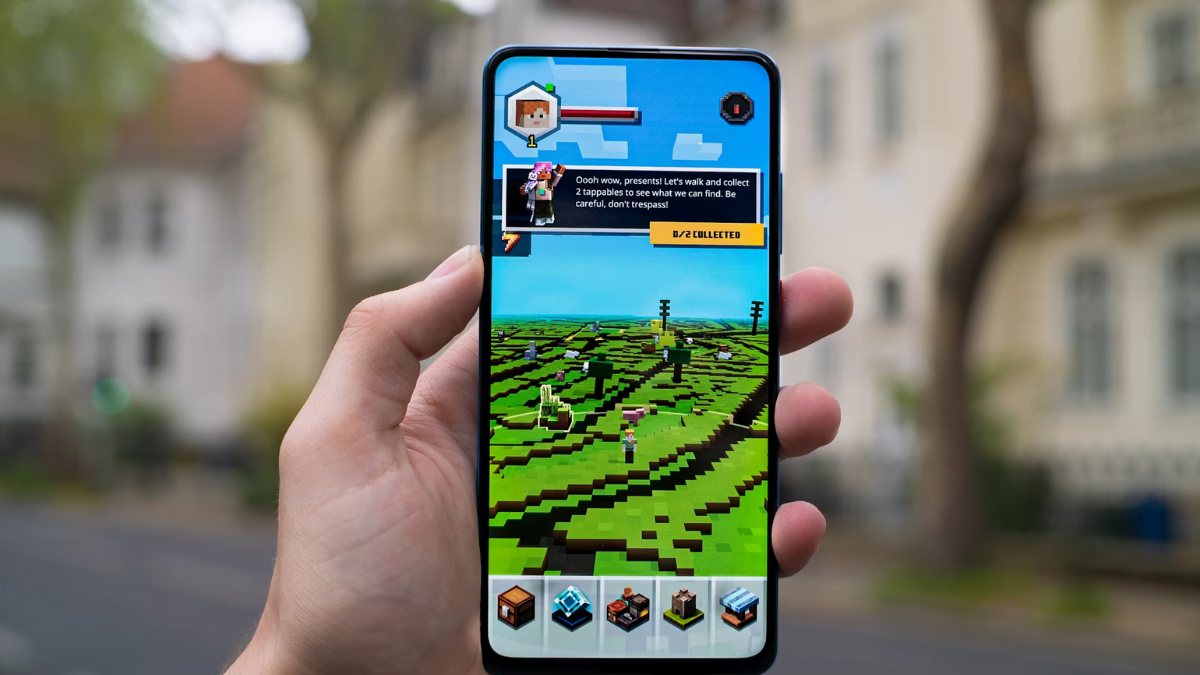The gaming industry is almost always at the forefront of technological advancements. The newest tech brings an edge of novelty to the newest games, helping developers to keep on top of trends and hook in gamers eager to try out something exciting. We’re going to take a look at the technology that’s had the biggest effect on how we game. Whether that’s by actually improving our gameplay or changing the way video games perform, there have been some pretty exciting breakthroughs over the past decade.
Dynamic Difficulty Adjustment
Dynamic Difficulty Adjustment technology is able to automatically adjust the difficulty of a game to suit the skill of a player. In order to do this, DDA has to make note of your performance in the game so that it can alter the difficulty accordingly. Perhaps the most fascinating part of this technology is the data collection element. Algorithms are used to analyze your behaviour, looking into the specific parts of the game that you find the most challenging. The, using artificial intelligence, the game can adapt to suit you better. So, if you’re great at moving around the map but terrible at taking down enemies, then you might find that the next level map that you encounter is fiddlier to navigate, while the enemies respond to attacks a little slower. This makes it easier to unleash your gaming potential and progress in a way that’s challenging but still fun for you.
Performance Tracking Apps
Some technology gets right to the core of your gameplay, figuring out exactly what you need to do to improve. One of the areas where this has been most successful is in logic games. Poker is a classic example. While you’ll still need to take the time to learn poker, poker tracking apps can give you valuable insight into how to improve your game. From something as simple as knowing your hand rankings better, to something as complex as picking out hands that you don’t cope well with, these trackers spot the smallest patterns in your game. Once you know these patterns, you’ll be able to find ways to perform better under your less-than-ideal situations. As soon as you start improving, your poker tracker will pick it up and you can carry on figuring out new ways to improv

Endless Variety with PCG
PCG stands for Procedural Content Generation. It might sound a little confusing but, in essence, it’s technology that allows endless variation in games. PCG can create whole new levels, maps, or quests using (pretty complex) math. The developers will set the parameters and let the PCG do the rest of the work. The worlds that this technology can create are vast and exciting, offering endless replayability potential. The time it would take to create this much variety manually would make these kinds of games practically impossible to make. So, PCG has really been a game changer. Minecraft is one of the games where it’s use can best be appreciated. In Minecraft, you can explore a pretty much infinite world, with ever changing biomes and new challenges. This is only possible because of PCG.
Cloud Gaming
Cloud Gaming or Gaming as a Service (GaaS) is no new thing, but it has become massively more popular very recently. Part of this popularity can be attributed to better internet connectivity across the globe. It’s now possible for people to play incredibly high quality games even in pretty remote locations. The other contributing factor to cloud gaming’s popularity is the number of developers who are now designing specifically for this technology. It’s now possible to play the biggest blockbuster games using cloud services, meaning you no longer need to purchase and download a game to enjoy the latest releases. As well as this, cloud gaming lends itself to larger multiplayer games. These are already soaring in popularity. So, combining one tech with the other, it looks like cloud gaming for massive online multiplayer games might be the next tech trend to really change the gaming landscape.








